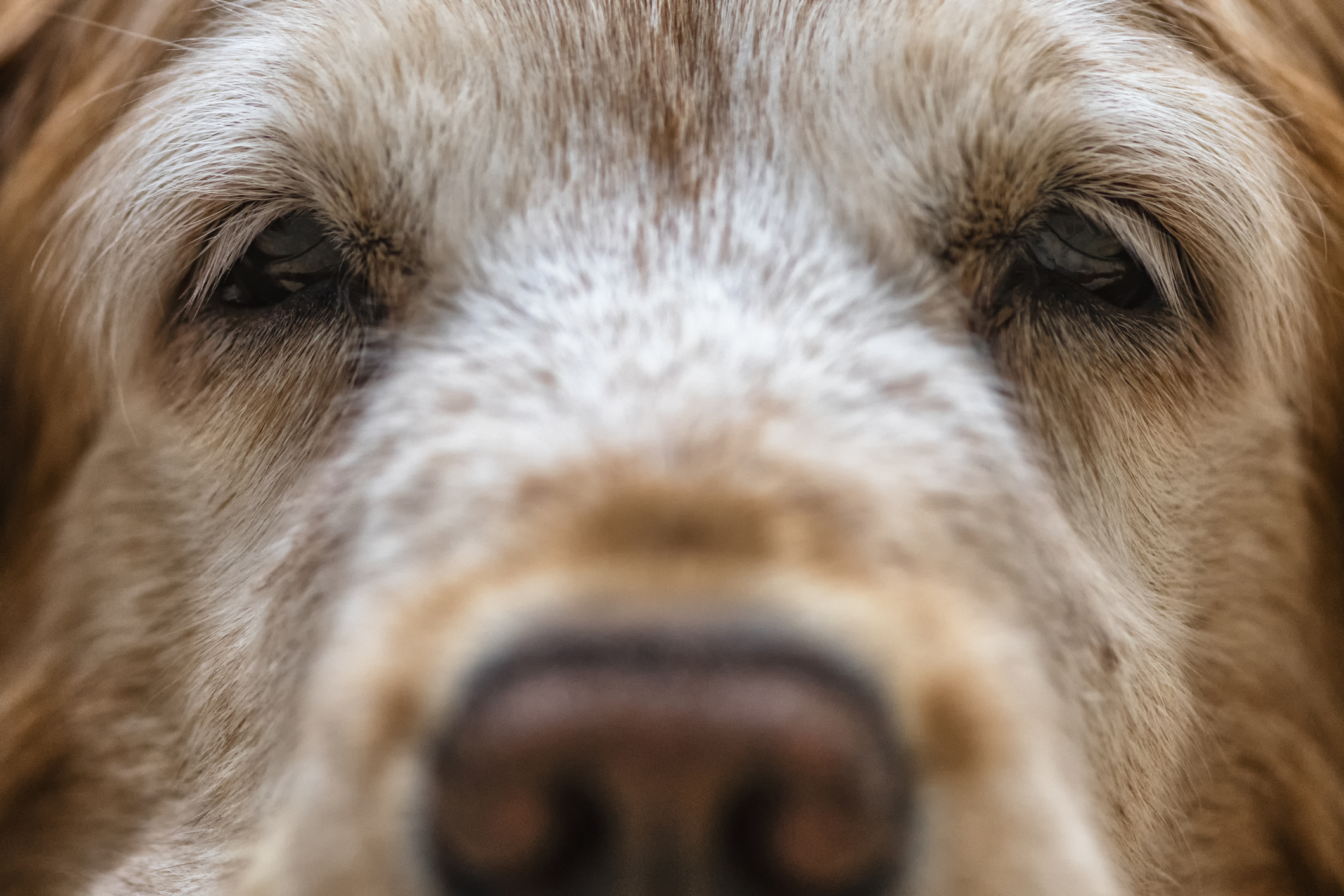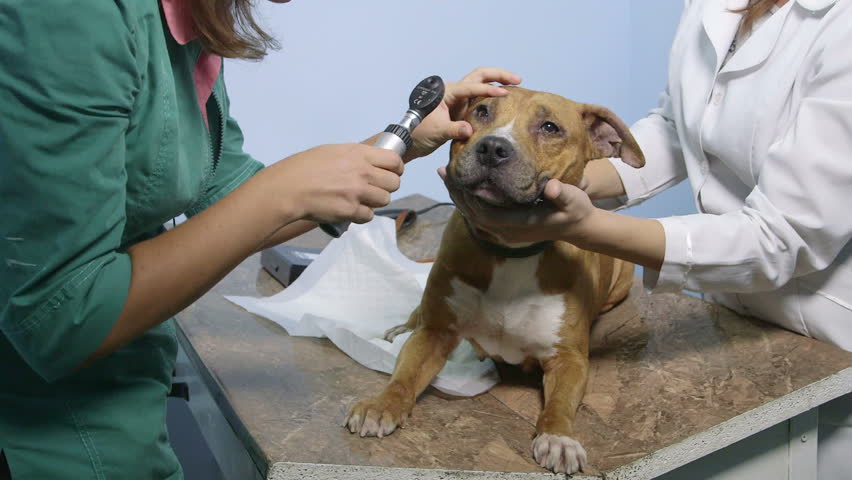Pet Blog > Dog Cancer: What to Know
Dog Cancer: What to Know
Cancer is a word that strikes panic and fear in the hearts of most dog owners in the country. As human deaths due to cancer increase in the U.S., you might wonder if a similar phenomenon is happening in your canine companion. Cancer affects 50 percent of senior dogs older than the age of ten.
Although that alarming and troubling statistic has grown in the recent past, the good news is that many types of dog cancers are treatable if identified early. The multiplication of mutant cells causes cancer in dogs.
These cells can move quickly and easily spread throughout the body, often known as metastatic cancer. It is difficult to treat cancer if it has spread. However, if you identify it early, it is more likely to be confined in a single area and much easier to manage.
Common Types of Cancers
The most common types of cancer in dogs are as follows.
Melanoma
Melanoma is a common form of cancer affecting dogs. It is also considered one of the most common malignant tumors of a dog's mouth. A majority of patients are middle-aged or old dogs. The melanoma is a tumor with pigmented cells known as melanocytes.
Lymphoma
Lymphoma is a common blood-borne cancer involving a type of white blood cell known as a lymphocyte. Note that your dog can develop many different types of lymphoma, and the most common type shows enlargement of external lymph nodes.
Bone Cancer
Osteosarcoma, bone cancer, is the most prevalent bone tumor found in most dogs. Bone cancer could affect any dog breed; however, it mostly affects larger breeds.
Symptoms of Cancer in Dogs
The signs and symptoms of cancer in dogs tend to vary with what system the cancer is attacking. It also matters whether the cancer is solitary and benign or malignant and spreading to different areas in the body. Some signs of cancer are easy to spot while others are not.
The following list has the common signs of cancer in dogs.
Abdominal swelling
Change in appetite
Weight loss
Bad odor
Difficulty breathing, defecating or urinating
Bleeding from any opening in the body
Loss of energy
Tarry or black stools
Diagnosis
Your vet will check your dog's vitals, weight, lymph nodes, lungs, and heart, palpate the abdomen, and do a rectal exam. All these vital signs are essential to the early detection of most any canine illness. Often, your dog losing weight is the first sign something is wrong. However, because you see your dog every day, this symptom is easily overlooked. Secondly, as the dog ages, your vet will likely recommend a urinalysis, bloodwork, and other diagnostics. These will help detect changes in your dog's organ function, possibly indicating the presence of cancer.
Treating DOGS with Cancer
When treating a dog with cancer, radiation, chemotherapy, and surgery are often recommended either alone or in combination. While vet medicine has made some significant strides in other treatments, like immunotherapy or antibody therapy, these are usually less prevalent than the first-line treatments.
Chemotherapy for Dogs
Powerful drugs are administered to eliminate or damage cancer cells, mainly blood-cell cancers like leukemia and lymphoma, and cancers that have spread. However, there are some side effects of chemo in dogs, such as loss of appetite and allergic reactions.
Radiation Therapy
Radiation therapy uses targeted radiation for shrinking or destroying cancers that can't be entirely or safely removed by surgery alone. As your dog has to be still for the treatment, in most cases, a vet will use a short general anesthetic for each procedure.
Surgery
Surgery is usually the first line of treatment, especially when your vet can remove localized cancer completely. Surgery is generally chosen for tumors of the skin, and for internal growths which are distinct. The surgeon will analyze the mass she removed to determine whether it's likely to have spread.
Several factors often influence cancer treatment decisions for dogs that have cancer, such as:
The general health of the dog
Age of the dog
Type of tumor
The biological behavior of the tumor
Many treatments often work synergistically, which means they build on each other and battle cancer better together.
Post Treatment Care
After treatment, feed your dog an anti-inflammatory diet that is rich in vitamins and minerals. You should also eliminate or reduce your dog's exposure to cancer-causing toxins such as lawn chemicals, flame retardants, tobacco smoke, and household cleaners. Keep your dog from exposure to asbestos because it is associated with the development of lung cancer.
Average Cost of Treatment
Once your vet determines the cancer diagnosis, the cost is among the first considerations. Even with substantial research regarding this topic, you might find little definitive information. Consulting with your oncologist or vet will help get you a ballpark figure. However, she or he may be reluctant to nail down a specific price as it is impossible to predict how each dog will respond to treatment.
Major surgery needed to remove a cancerous tumor starts at $1,500. Depending on the severity and type of cancer, chemotherapy treatments may range from $200 to $2,000 per treatment. Radiation therapy, on the other hand, can range from $2,000 to more than $6,000.
If your dog’s breed is prone to cancer, you should proactively consider purchasing pet insurance to cover some of these high out of pocket treatments that your pet may need throughout their life. Pet Insurance tends to get more expensive as your dog ages. You should do some homework on your breed and see if pet insurance makes sense for you. Some pet owners insure their pets throughout their whole lives and others that choose it later in life. According to a recent pet-parent survey by LendEDU, 20% of respondents have gone into debt caring for their pet at an average of $1,566.96. Some breeds have many more health issues than other breeds. While evaluating pet insurance, talk with your veterinarian and do some research on your options. Here are some things to keep in mind:
Make sure they offer an open network so you can choose a veterinarian of your choice
Most plans are reimbursement plans, meaning you pay first and they send you a check later
There are many exclusions and add on options in policies so read the fine print
Some "high risk" breeds are not covered
If you find yourself facing a large veterinary bill and you have not already purchased pet insurance, pre-existing conditions are typically not covered. Don't be afraid to ask your vet about options they may offer such as payment plans, and possibly getting a second opinion. If enrolled, some vets also offer CareCredit, that have special financial terms they work out with providers to provide extended financing options.
Consider crowdfunding to fundraise for your pet's bills. Let's face it; almost everyone loves pets and hate to see them suffer. More than 68% of American households have pets, so seek assistance from your fellow pet lovers. Many small donations of $5 and $10 can go a long way to help with vet bills. More and more dog parents are crowdfunding vet bills to help with veterinary bills.
Final Thoughts
If your vet diagnoses your dog with cancer, it can be a terrifying time. However, the good news is that now there are more ways to treat and even cure cancer in dogs. There are even organizations like The Puppy Up Foundation who are committed to discovering the common links between canine and human cancers and the causes of these cancers through comparative oncology research.
Many canine parents do not treat their dogs as they think the treatment would cause them discomfort. However, dogs tend to tolerate cancer treatment a lot better than most humans. Coincidentally, this is primarily because they do not know what's going on and therefore do not resist treatment like people often do.
Your vet and veterinary oncologist will closely work with you and give you options for treatment. They will also help walk you through any complications that come with it. Understanding cancer and its symptoms can help pet owners come to terms with their dog's condition and make better-informed decisions about their dog's health.
Check out the other “Dog Blog” articles
Return to the Pet Blog


